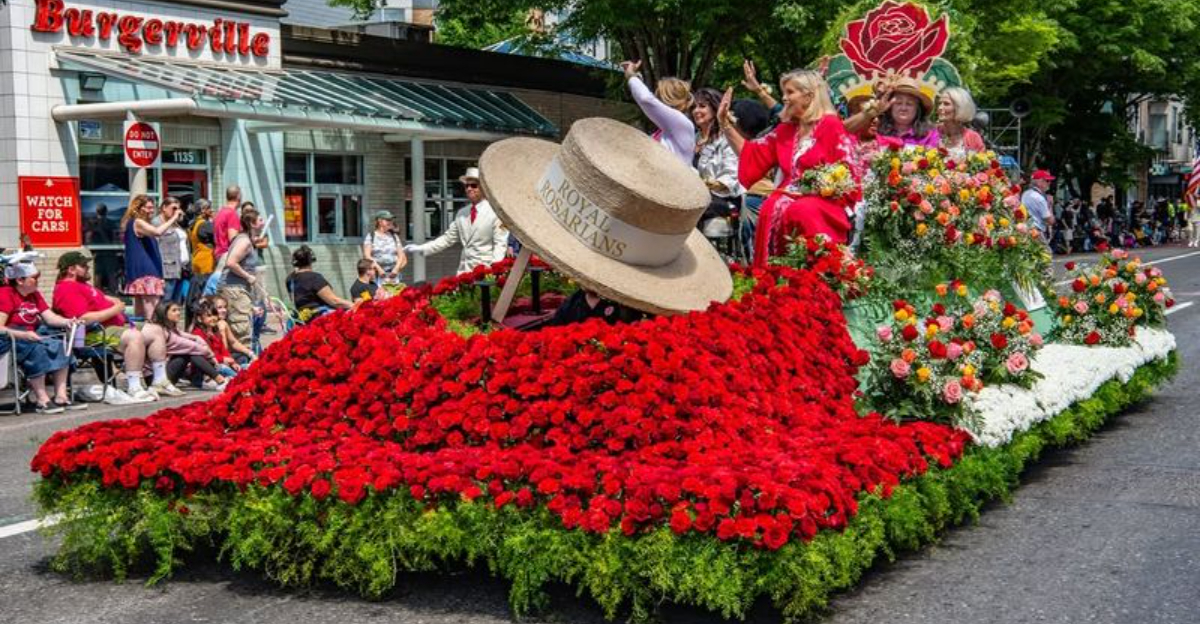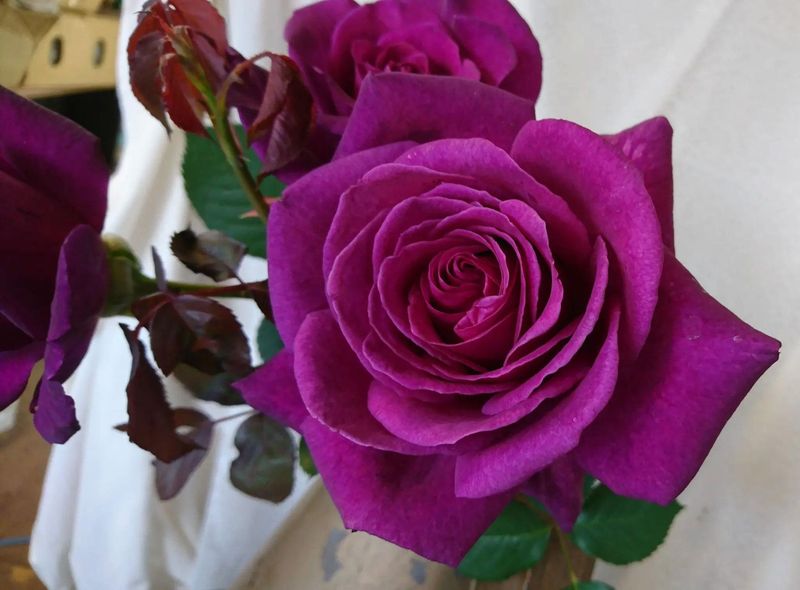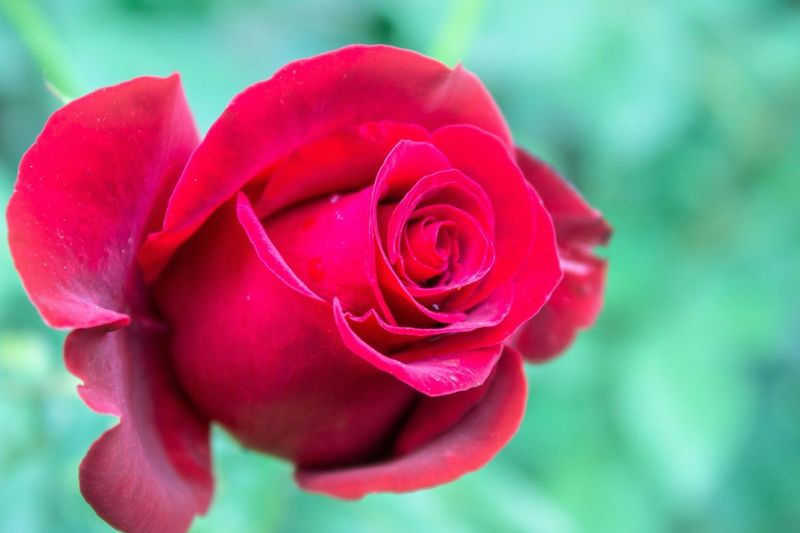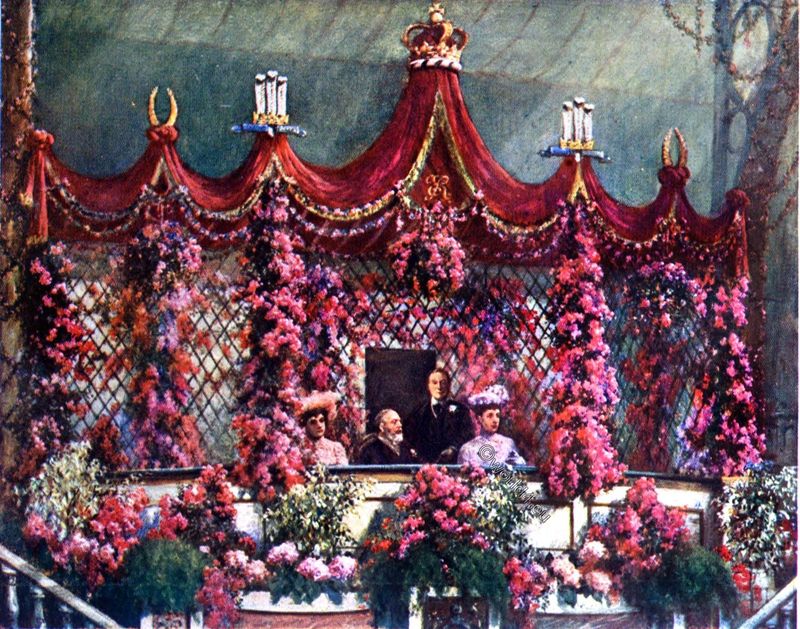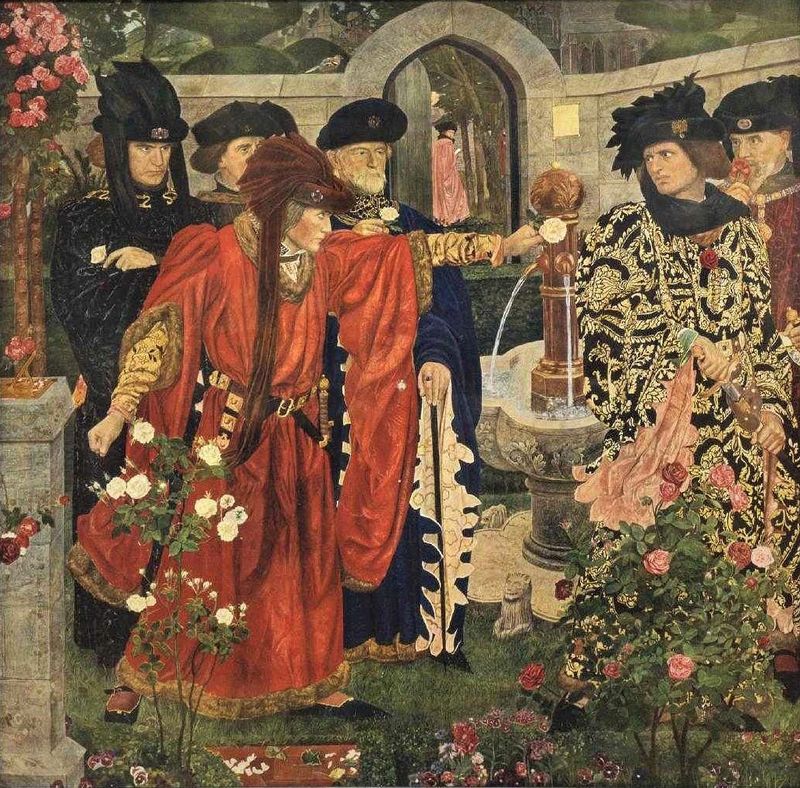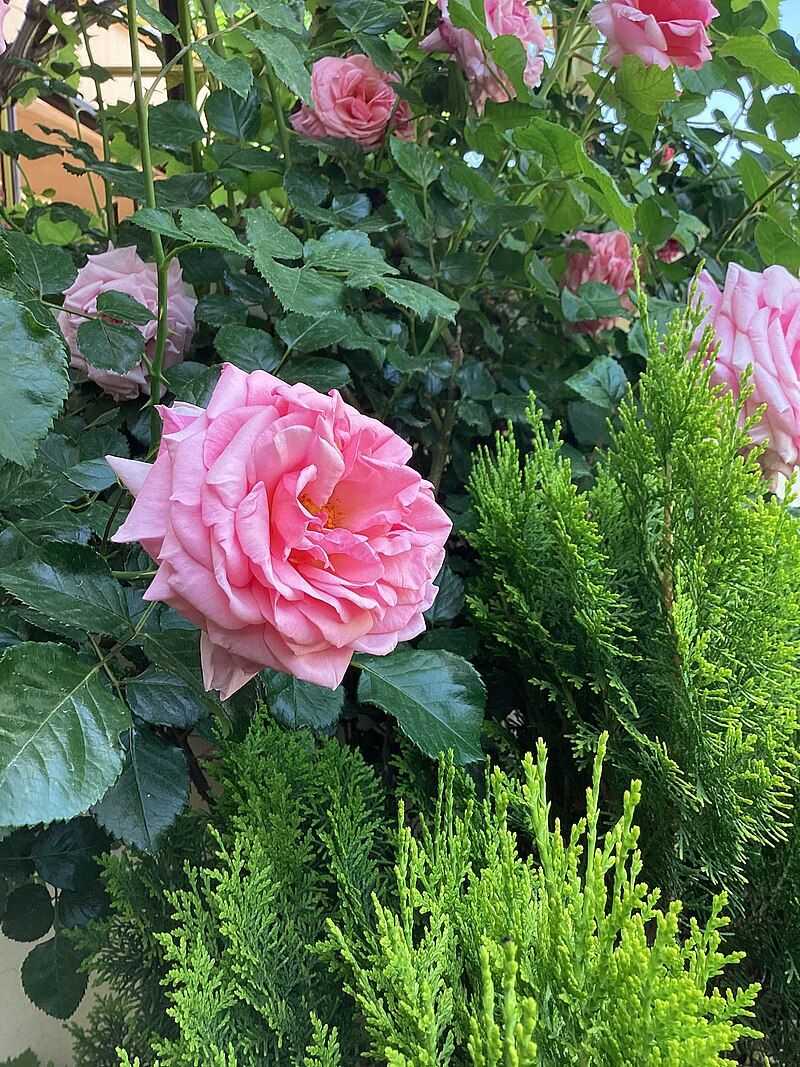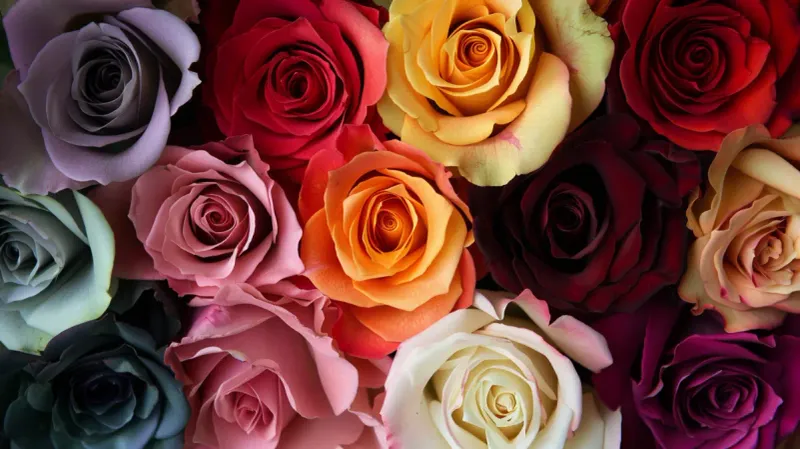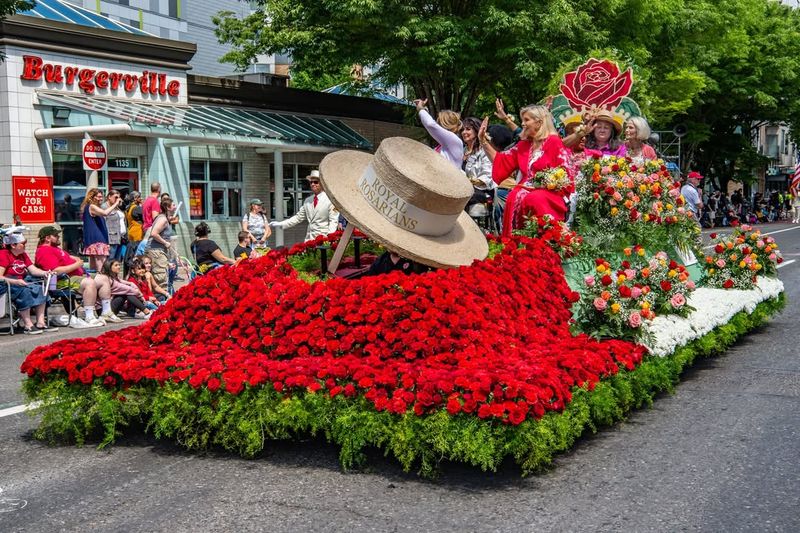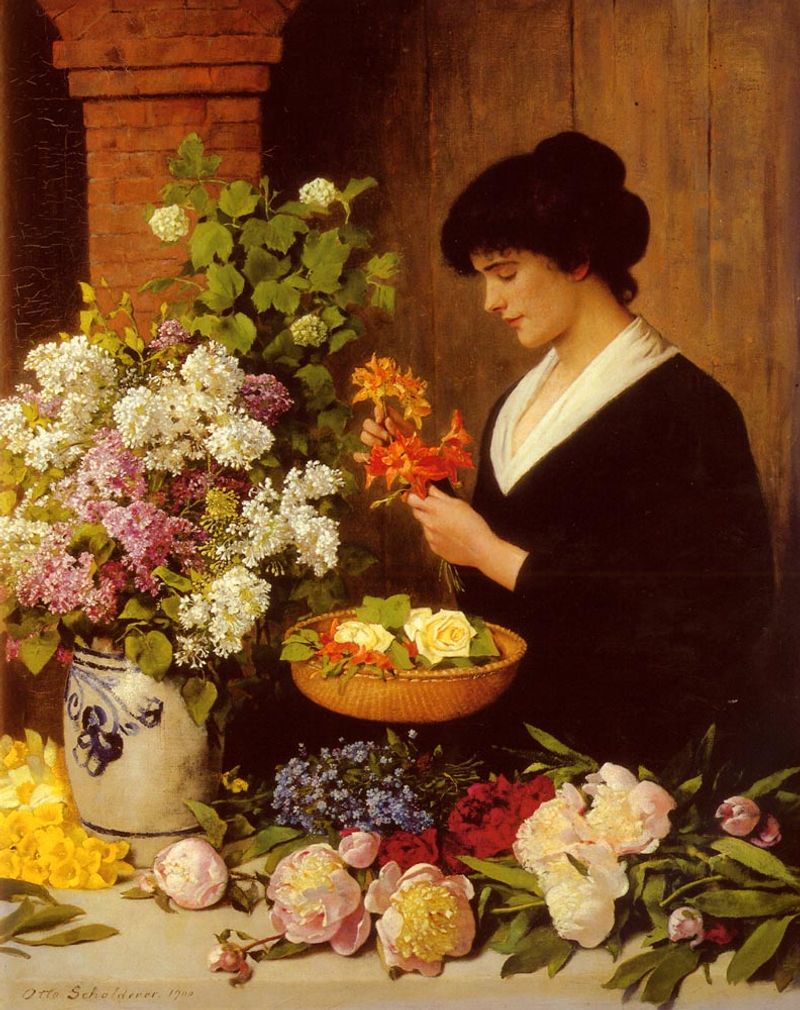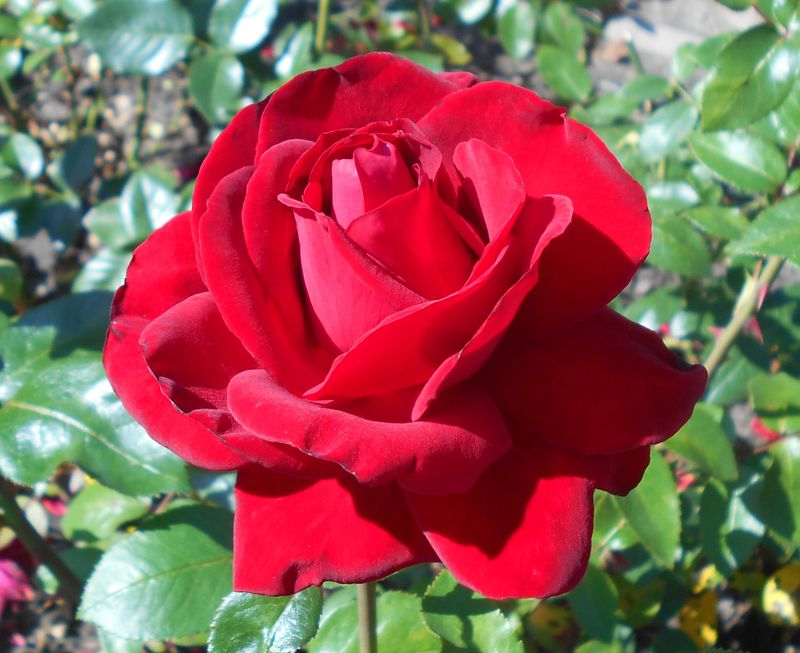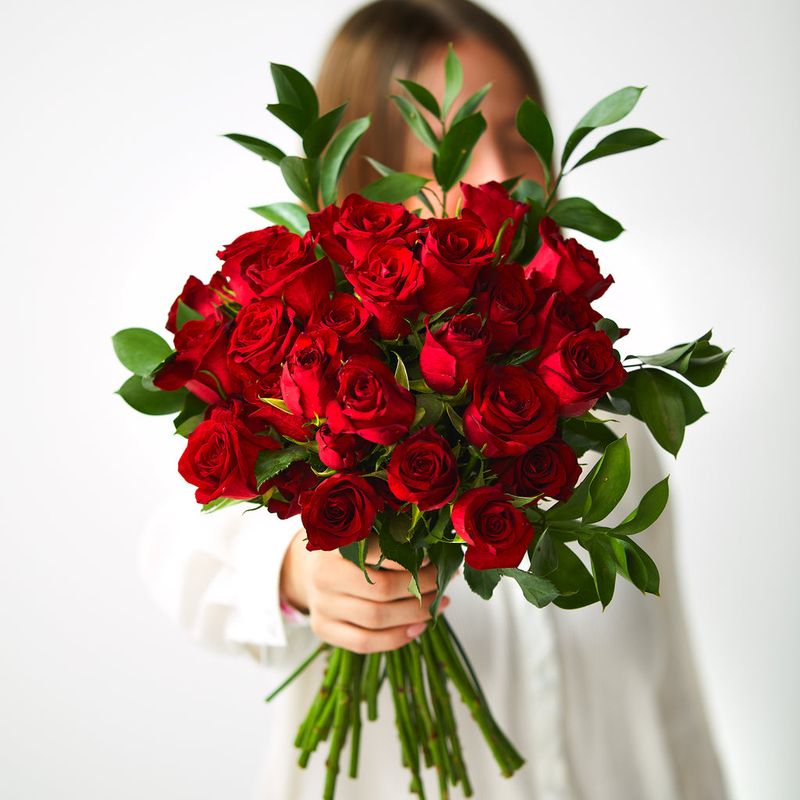Explore the fascinating role roses have played across civilizations, from ancient mythology to modern symbolism.
These 10 unique insights reveal how roses have been more than just beautiful flowers; they have shaped cultures, economies, and beliefs throughout history.
1. Ancient Beginnings
In ancient Mesopotamia and Persia, roses were more than decorative. They signified wealth and were cultivated extensively. Imagine fields of roses tended by early farmers, their fragrance carried by the desert winds.
These blooms became central to early trade networks, especially as the Damask rose flourished. Its intoxicating scent turned it into a key ingredient in the burgeoning perfume industry.
Over time, roses became synonymous with luxury and power, their cultivation a status symbol for rulers and nobles. This early history set the stage for the rose’s enduring cultural significance.
2. Myth and Legend
Roses have deep roots in myth and legend, particularly in Greek mythology. Aphrodite, the goddess of love, is often depicted surrounded by roses, symbolizing beauty and passion.
In Roman culture, rose petals were showered at banquets, symbolizing opulence and extravagance. Richly adorned halls would see petals fall like rain, a testament to the flower’s allure.
Across various cultures, roses transformed into symbols in folk tales, their imagery woven into stories of romance and tragedy. These legends continue to influence how we perceive roses today, as emblems of love and beauty.
3. Royalty and Power
Roses have long symbolized power, especially during the War of the Roses in England. This civil war saw the red rose of Lancaster and the white rose of York become lasting emblems of the warring factions.
Medieval royalty cultivated vast rose gardens, showcasing their prestige. These gardens were not just for beauty; they served as political statements.
Roses adorned royal crests and became dynastic symbols, reinforcing the flower’s association with strength and authority. Through history, roses have been intertwined with power struggles and royal identities, shaping the political landscape.
4. Trade and Economy
Roses significantly impacted trade and economy, primarily through rose oil. Known as attar, this precious commodity was traded along the Silk Road, linking East and West.
In Bulgaria’s Valley of Roses, markets buzzed with activity during harvest season, as traders sought this valuable essence. The rose oil trade boosted local economies and established international markets.
Guilds and merchants thrived, making roses an economic powerhouse. This trade fostered cultural exchanges, as roses became a symbol of luxury and sophistication, influencing societies far beyond their native lands.
5. Medicine and Healing
Roses have long been valued for their medicinal properties. In ancient Persia and Greece, rose water and oil were staples in treatments. Healers used them to soothe and rejuvenate the mind and body.
Medieval apothecaries stocked rose tonics, drawing on these traditions. They believed roses could cleanse and elevate spirits, offering solace to those in need.
This belief in the rose’s healing power persists, with modern science recognizing its potential benefits. From soothing skin to lifting moods, roses continue to be cherished for their therapeutic effects, a legacy of ancient wisdom.
6. Religious and Spiritual Ceremonies
Roses hold spiritual significance in religious ceremonies. In Christianity, the rose symbolizes the Virgin Mary’s purity, known as the Mystic Rose. Churches adorn altars with roses, celebrating divine beauty.
In Sufi traditions, roses are used in spiritual reflections, symbolizing love and remembrance. Petals scattered on pathways guide devotees in their meditative journeys.
Across faiths, roses are incorporated into rituals, representing spiritual purity and connection. This spiritual symbolism underscores their enduring impact on religious practices, where the rose serves as a bridge between the earthly and the divine.
7. Cultural Traditions and Festivals
Roses are celebrated in festivals worldwide, marking their cultural significance. In Bulgaria’s Rose Festival, parades and dances honor the bloom’s allure. The town comes alive with vibrant displays and aromas.
Morocco hosts similar celebrations, reflecting the rose’s universal appeal. Rose garlands, a staple in South Asian weddings, symbolize love and prosperity, adorning brides and grooms.
Societies devoted to roses preserve heritage varieties, ensuring their legacy. These traditions highlight the rose’s role in cultural identity, showcasing its ability to unite people in joy and celebration across continents.
8. Artistic Influence
Roses have inspired artists for centuries, appearing in classical paintings and tapestries. Their beauty captivates, serving as muses for poets like Rumi and Shakespeare.
The Renaissance saw roses depicted in illuminated manuscripts, symbolizing love and beauty. Victorian art embraced them too, with intricate portrayals celebrating their elegance.
This artistic fascination endures, as modern creators draw upon the rose’s iconic status. From literature to visual arts, roses continue to inspire, their timeless elegance woven into the fabric of artistic expression, reflecting humanity’s enduring love affair with this enchanting flower.
9. Hybrids and Horticulture
The journey from wild roses to hybrids showcases horticultural innovation. In the 19th century, Europe experienced “rose mania,” leading to the creation of societies dedicated to cultivating new varieties.
These efforts spurred exhibitions, showcasing the latest roses, each more beautiful than the last. Today, sustainable breeding practices focus on organic cultivation, preserving heirloom varieties.
This dedication to roses ensures their continued evolution, as breeders balance traditional techniques with modern advancements. The result is a diverse array of roses, each unique, reflecting a rich legacy of horticultural excellence and passion.
10. Modern-Day Symbolism and Relevance
Roses remain relevant today, symbolizing love and passion. They feature prominently in perfumes and cosmetics, their scent timeless and evocative.
In global culture, roses represent remembrance and celebration. Events centered around roses draw communities together, reinforcing their universal appeal.
The interest in preserving heirloom varieties and developing new ones continues, ensuring roses remain a living symbol of beauty and heritage. This ongoing relevance underscores the rose’s status as an enduring emblem of human emotion and connection, bridging past and present through its timeless grace and charm.
